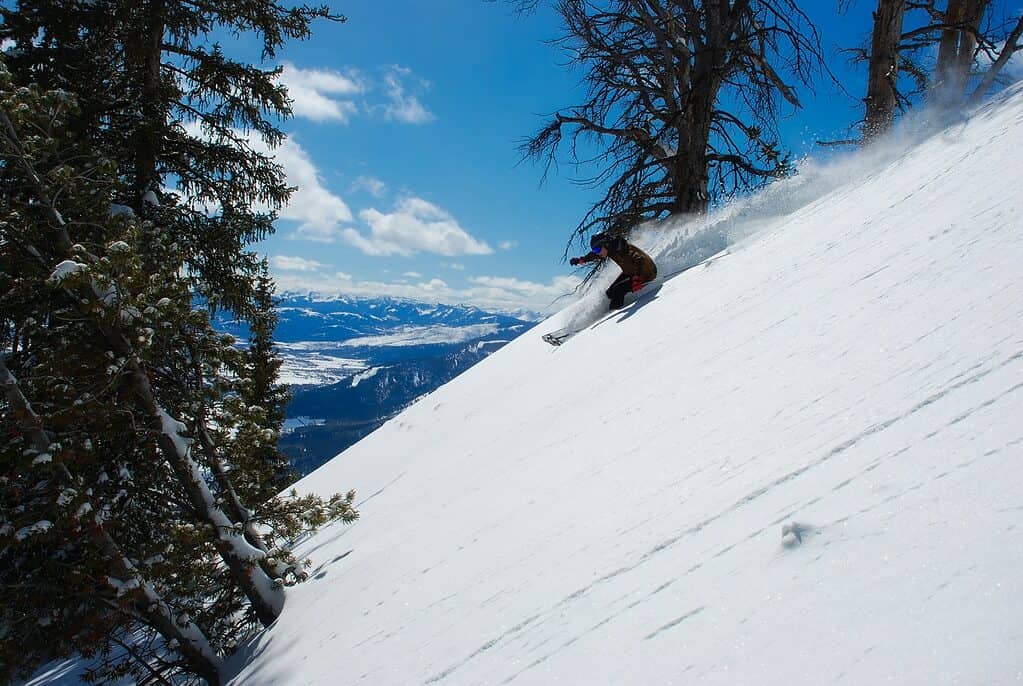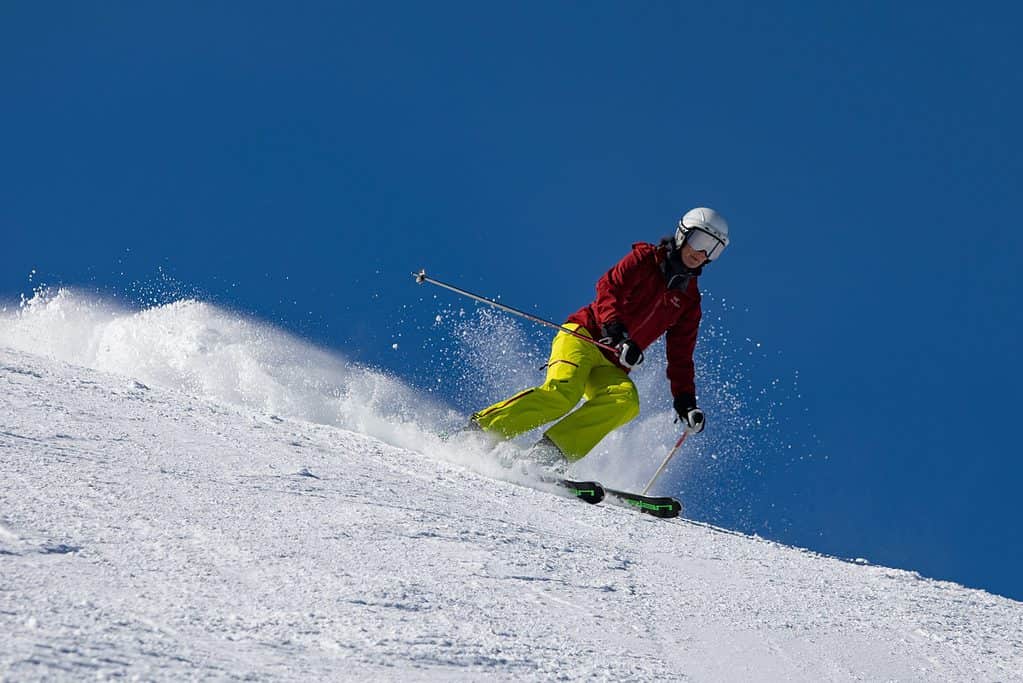Altitude changes are tricky for first time visitors or ski season veterans. It can affect people differently each time they encounter it, no matter how many times you’ve been in the Colorado Rockies. With Breckenridge sitting at a high altitude for the country, here’s how to handle your next ski trip to this nearly 10,000 foot town.
What is altitude and why does it affect you?
According to Merriam-Webster, altitude is “the vertical elevation of an object above a surface (such as sea level or land) of a planet or natural satellite”. Altitude sickness typically occurs when one goes to a ”high altitude”, meaning the elevation is over 5,000 feet above sea level. The town of Breckenridge sits at 9,600 feet in elevation, and the ski resort just goes up from there. For example, Breckenridge’s Imperial Express SuperChair nearing the summit of Peak 8 tops out at 12,840 feet in elevation. Elevations like those in Breckenridge have less oxygen available in the air in general, and the lack of it can ultimately cause altitude sickness in visitors.
How can you prepare yourself for the high elevation in Breckenridge?
1. DRINK WATER
Drinking water and staying hydrated is key to avoiding any sort of elevation change sickness. Try to drink the double the amount of H2O you normally drink. There are plenty of ways to boost your hydration such as electrolyte drinks (Gatorade, Powerade), electrolyte packets (Liquid IV, Nuun, Ultima), and coconut water. If possible, avoiding caffeinated beverages, alcohol, tobacco and sugary drinks is a good rule of thumb to avoid altitude sickness.
2. START YOUR WATER INTAKE BEFORE YOUR TRIP
If you aren’t already, pay attention to your water intake in the week leading up to your trip to Colorado. This will set your body up to react less harsh to the elevation change. Also, try to avoid drinking a lot of alcohol before your trip to Breckenridge. Alcohol will dehydrate you before your trip even if you’re matching your alcohol consumption with water.
3. SPEND A DAY IN DENVER FIRST
If you’re worried about altitude sickness, it’s pretty common for visitors to adjust at a slower rate by staying in Denver for a night or two. Denver sits at a mile above sea level (5,280 feet) and though the elevation is a decent amount, it may be difficult for those who live close to sea level to go straight to nearly 10,000 feet in Breckenridge.
4. MAKE SURE YOU DON’T DIVE RIGHT INTO ACTIVITIES
Make sure to relax your first day elevation! Try not to physically exert yourself overly the first 24 hours at a higher elevation. Give your body some time to adjust and take it easy for at least the first day after traveling.
5. RECOGNIZE THE SIGNS AND WHAT TO DO ABOUT IT
Now that we know the symptoms for altitude sickness, stay aware during your trip to Breckenridge. If need be, plenty of shops along the main stretch of Breckenridge carry bottles of oxygen to take on the go, and there’s even an oxygen bar in town you can swing by.
Spending a day on the slopes is great but can turn sour fast with altitude sickness symptoms. The best thing you can do is prepare yourself. Stay safe, have fun, and we’ll see you out there!



